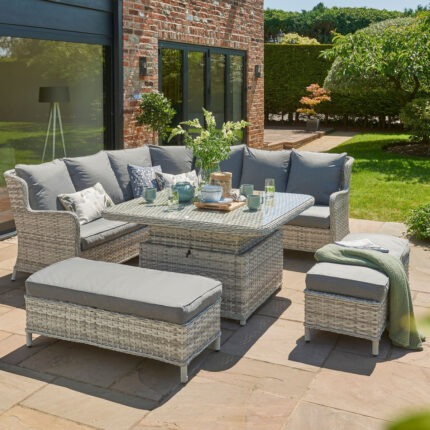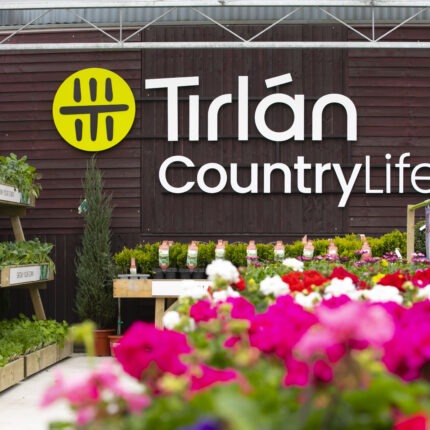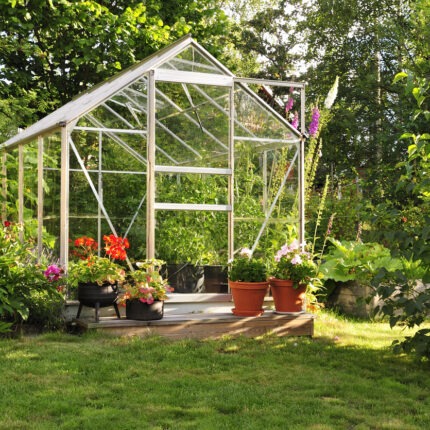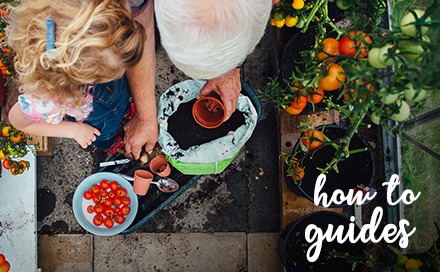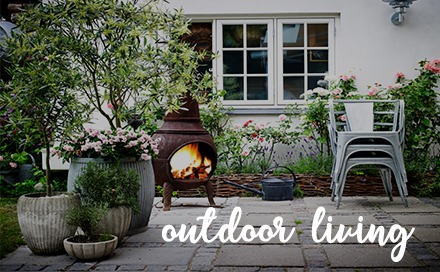Pollinators for an Irish garden
Whether you’ve got acres of garden, substantial lawns or are a container gardener, there’s something we can all do to help the ever declining numbers of bees and other under pressure pollinators do their work.
Pollinators, especially bees, play a critical part in nature and in our food chain and transfer pollen from one flower to another to help grow fruits and seeds.
Irish gardens are an even greater source of pollinators than the surrounding agricultural land which is intensively farmed to meet the demands and needs of modern agriculture. With a little extra effort, gardeners and the general public can all help busy bees and other insects lead happier, healthier lives.
I’m constantly asked how to get more bees and other insects into a garden. People of all ages with all different sized lawns, levels of interest and skill are also asking for general gardening tips for helping pollinators.
Teresa’s top tips 6 tips to supporting pollinators:
1. Sow nectar and pollen rich flowers, plants and shrubs
The best pollinator plants by month
| March | Primroses |
| April | Cow Slip |
| May | Harebell |
| June | Cornflower & Foxglove |
| July | Daisy & Poppy |
To achieve a good general mix, try Mixed Flower Meadow Mixture or Wildflower Mix.Pollinators don’t like doubles so opt for shrubs like heathers, cornflowers, ragged robin. Other plants that work for pollinators would be Verbena, Buddleja, Phlox, Alliums and Vibernum atc.
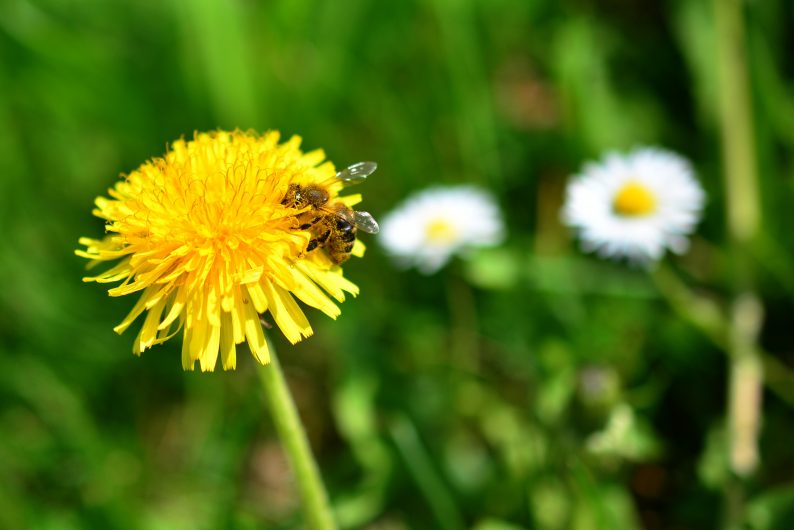
2. Go Wild!
Dandelions are other weeds are often bees first and only source of nectar when they emerge from winter hibernation. Don’t be too quick to pull or mow the dandelion flowers and you will protect this essential food source. You can also set you mower blades higher than usual and spare the dandelions the chop!
3. Avoid using pesticides where possible
Consider leaving the greenfly alone on roses or perhaps using one of the old-fashioned methods of removing green or whitefly such as dousing them in a little diluted washing up liquid
Use an organic slug and snail prevention option such as Sluggo Slug & Snail. You can also hand pick the larvae from plants and deposit them elsewhere in the garden where they can do no damage.
4. Set aside your own little wild area
Even if it’s only about a meter squared. Allow the grass and nettles to thrive. Nettles are very important for butterflies as they lay their eggs on them. Bumblebees will always burrow in the long grass so it’s best to just let them be.
5. It’s thirsty work so provide water for pollinators
A shallow dish filled with stones or marbles and a little water is a welcome and safe source of water for pollinators.
6. Plant Wildflowers
When choosing your pollinator patch, select wisely and do some preparations. If you want to sow a wildflower garden, you need to prep and sow it properly.
- Dig out a flat area and rake it off.
- Don’t add farmyard manure or anything to the soil, wild flowers don’t like or need extra feed.
- Scatter the seed as directed and rake it off again to provide a light dusting over the seeds. This will also stop birds feasting on them.
- Sprinkle with water-particularly if rain is not due within 48 hours.
Wild flower gardens thrive in sunny, flat terrain. But there are also shaded mixtures on the market as well as others that give you even more colour.
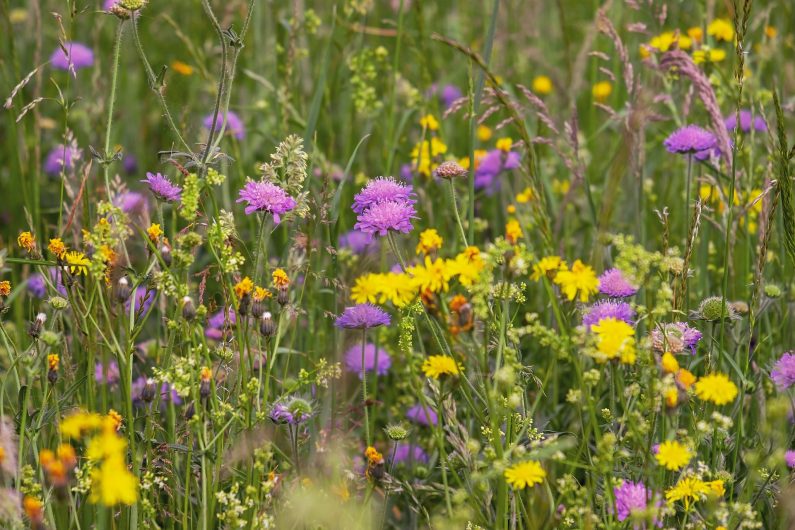
Once the flowers bloom, sit back, relax and enjoy watching the pollinators work as you admire your own work.

